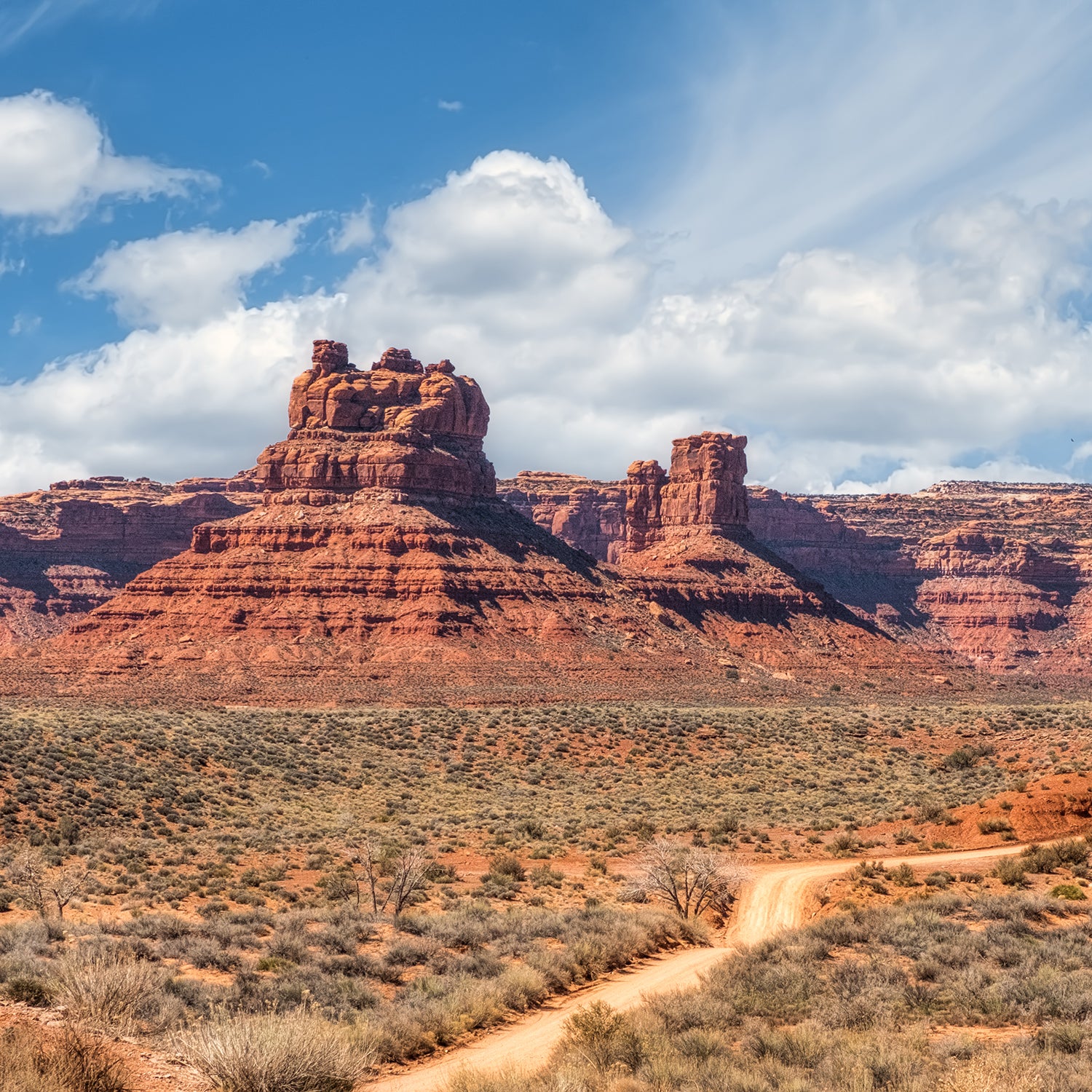On Thursday, the Department of Interior announced that it had finalized plans for shrinking Bears Ears and Grand Staircase-Escalante National Monuments.
The announcement comes despite ongoing lawsuits from tribes and conservation groups arguing that reduction is illegal, and significant public comment worrying that the move would open fragile landscapes for extraction.
ÔÇťAny suggestion these lands and resources will be adversely impacted by being excluded from monument status is certainly not true,ÔÇŁ said Casey Hammond, the Interior DepartmentÔÇÖs acting assistant secretary for land and minerals management, in a statement┬áabout the finalization.
The opposition has already rejected that statement, and said┬áthat the declaration of final plans is a blatant disregard of due process. The Utah Sierra ClubÔÇÖs interim director Carly Ferro said in a that the monument reductions are a ploy to extract natural resources. ÔÇťThe Trump administrationÔÇÖs management plan for Bears Ears is nothing more than a wholesale handout to extractive industry,ÔÇŁ the statement said. In response to InteriorÔÇÖs announcement, Earthjustice is considering asking for a preliminary injunction against the final plans, and tribal government representatives, like the Ute TribeÔÇÖs Shaun Chapoose, say their concerns were never addressed.
The boundaries of Bears Ears, which was designated as a monument in 2016 by President Obama, have been contested since 2017, when President Trump announced he would downsize the monument by 85 percent and shrink nearby Grand Staircase-Escalante, designated by President Clinton in 1996, by nearly half.
The filed a suit against those changes hours after they were declared, saying that it was both , and a violation of their constitutional sovereignty. Environmental organizations, outdoor recreation groups, and paleontologists followed soon after, alleging that the proclamation was . The cases have, which is one of the reasons why those groups are opposed to final plans being submitted to the Federal Register. They say the administration canÔÇÖt go ahead with the changes while theyÔÇÖre still being litigated. Hammond brushed off those concerns. If Interior waited for the courts, his statement read, ÔÇťWe would never be able to do much of anything around here.ÔÇŁ┬á
The Bureau of Land Management, which oversees most of the land in the monuments (other parts fall within the Manti la Sal National Forest), operates under a credo of multiple use, and those usesÔÇöchiefly grazing, mining, recreation, and cultureÔÇöclash in the desert of southern Utah. Oil, gas, and coal lies under a skin of sandstone, but the area is also home to sacred places for several Native American nations, along with archeological sites, and a growing recreation industry that depends on untouched landscapes.┬á┬á
Environmental groups and legislators opposed to the reduction are worried about chain logging ripping up fragile plants and soil, and drilling and mining permanently eroding the ecosystem.
Tribes say their cultural priorities, a significant reason for why Obama originally designated Bears Ears in the first place, have been ignored. ÔÇťOur concern, among other things, is that the Record of Decision┬áfails to include proper cultural and environmental protections, and leaves out the voice of Tribes and the elders who hold the most knowledge for these ancestral, public lands.ÔÇŁ says Davis Filfred, Board Chairman of the Utah Din├ę Bik├ęyah.┬á
Proponents of the new monument boundaries, including the National CattlemanÔÇÖs Association, say the broader boundaries lock up land that could be used for grazing and resource extraction.
The final plan made a few stakeholder-requested changes to TrumpÔÇÖs original 2017 declaration by holding back some┬áland from grazing and mining, but still allows for drilling and extraction in former monument lands. But because of the unresolved cases, not everyone thinks the plan will remain final, and opposition groups will continue to fight the changes until their cases are settled.
The Center for Western Priorities Policy Director Jesse Prentice-Dunn says that 99 percent of the people who responded to the administrationÔÇÖs request for public comments were opposed to shrinking the monuments. ÔÇťThe only certainty todayÔÇÖs announcement creates,ÔÇŁ he says, ÔÇťis of a long drawn-out court fight to stop yet another unprecedented attack on AmericaÔÇÖs public lands by the Trump administration.ÔÇŁ┬á


